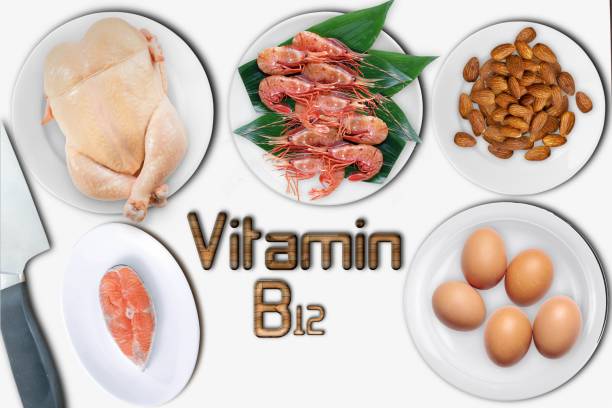In the realm of culinary traditions, few debates spark as much enthusiasm and confusion as the age-old question: What exactly is the difference between stuffing and dressing? As the holiday season approaches, this culinary problem rears its head once again, leaving cooks and food enthusiasts alike scratching their heads in search of clarity. While these two dishes may seem interchangeable at first glance, delving deeper reveals distinct characteristics that set them apart. So, let’s embark on a journey through the culinary landscape to uncover the nuances between stuffing and dressing.
Firstly, let’s establish a common ground: both stuffing and dressing are savory side dishes commonly enjoyed during festive occasions, particularly Thanksgiving and Christmas. They often feature a base of seasoned breadcrumbs or cubes of bread mixed with various ingredients such as vegetables, herbs, meats, and sometimes fruits or nuts. The mixture is then moistened with broth or other liquids before being baked or cooked inside or alongside poultry, such as turkey or chicken.
The crucial point of differentiation between stuffing and dressing lies in their method of preparation and where they are cooked. Traditionally, stuffing refers to the mixture that is stuffed into the cavity of the bird, whether it be turkey, chicken, duck, or another poultry option. The bird’s juices infuse the stuffing as it cooks, imparting a rich flavor and moist texture. This method dates back centuries and has deep roots in European culinary traditions.
On the other hand, dressing is prepared outside the bird in a separate baking dish. This allows the dish to develop a crispy top layer while maintaining a moist interior. Dressing recipes offer more flexibility in terms of ingredients and cooking methods since they are not constrained by the confines of a bird’s cavity. It’s a more modern approach to the dish, often preferred by those seeking a crispier texture or cooking for individuals with dietary restrictions, such as vegetarians or vegans.
While the distinction between stuffing and dressing may seem straightforward, regional variations and personal preferences can muddy the waters. In some parts of the United States, particularly the South, the term “dressing” is used exclusively, regardless of whether it’s cooked inside or outside the bird. Similarly, in certain regions of the UK and Ireland, “stuffing” is the prevailing term for both versions of the dish.
Furthermore, the ingredients used in stuffing and dressing can vary widely based on cultural influences and family traditions. Classic stuffing recipes often feature a blend of aromatic herbs like sage, thyme, and rosemary, along with onions, celery, and sometimes sausage or chestnuts for added flavor and texture. In contrast, dressing recipes may incorporate regional ingredients like cornbread in the Southern United States or wild mushrooms in French cuisine.
Another factor to consider is the debate over food safety. Cooking stuffing inside a bird raises concerns about ensuring that it reaches a safe internal temperature to kill any harmful bacteria, particularly in the case of large birds like turkeys. Some experts caution against stuffing the bird too far in advance, as this can increase the risk of bacterial growth. Dressing cooked separately eliminates this concern, as it can be safely cooked to the desired temperature without worrying about the bird’s cooking time.
Despite these differences, both stuffing and dressing share a common goal: to complement and enhance the main dish, whether it’s a succulent roast turkey or a festive holiday ham. Their comforting flavors and textures evoke a sense of nostalgia and bring loved ones together around the dining table. Whether you prefer the traditional method of stuffing or the modern approach to dressing, the important thing is to savor the experience and appreciate the culinary traditions that bring us together during the holiday season.
While the terms stuffing and dressing are often used interchangeably, they represent distinct culinary concepts with unique characteristics. Stuffing is traditionally cooked inside the bird, while dressing is prepared separately. Their ingredients, cooking methods, and regional variations contribute to the rich tapestry of holiday dining traditions. Whether you’re a staunch traditionalist or an adventurous cook, exploring the nuances of stuffing and dressing adds an extra layer of enjoyment to the festive season. So, this holiday season, as you gather around the table with family and friends, take a moment to appreciate the subtle differences between stuffing and dressing – and enjoy every delicious bite.

